
Chengdu Museum
This impressive new museum opened last year on the western edge of Tianfu Square, the city’s nexus. Shaped like a monumental glass block, it’s well worth visiting, with six floors of exhibits detailing Sichuan’s rich and lengthy history, all with English signage. Entrance is free, but you’ll need your passport or similar ID document to get in. Access via Tianfu Square metro station on Lines 1 and 2 of the subway system.
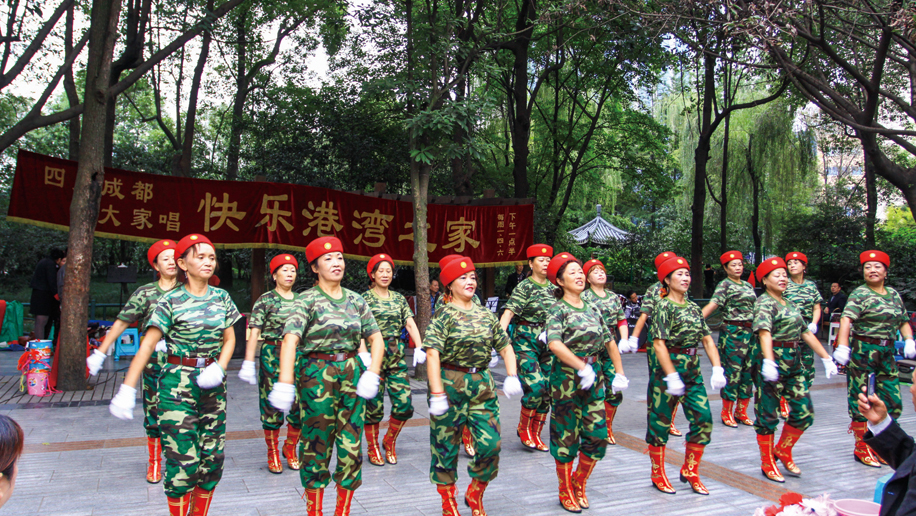
People’s Park
A cut above the typical Chinese city park, it contains a mixture of greenery, historical memorials, open squares where locals dance and sing, a willow-lined boating lake, and various traditional gates and shady open corridors where people relax, read or chat. A special draw is the city’s oldest tea-drinking establishment, the Heming Teahouse, which is still very popular and a great place to soak up Chengdu’s unique teahouse culture. Access via People’s Park metro station on Line 2.
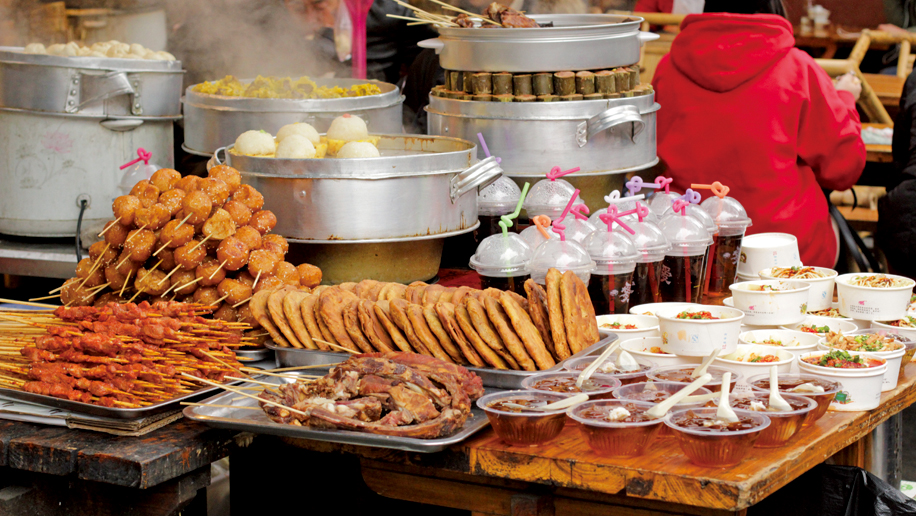
Kuanzhai Alleys
To buy souvenirs, try local snacks and drink tea, head to the restored Kuanzhai Alleys – also called the “wide and narrow alleys” – about five minutes’ walk north of People’s Park. The three parallel “old Chengdu” alleys – Kuan (“wide”), Zhai (“narrow”) and Jing – date to the Qing dynasty and offer a pleasant, if somewhat theme-park-like, cultural experience. Old courtyard residences with ancient wooden doors have been nicely renovated and now house coffee shops and teahouses alongside the handicraft stores. Access via taxi to “Kuanzhai”, or People’s Park metro station on Line 2.
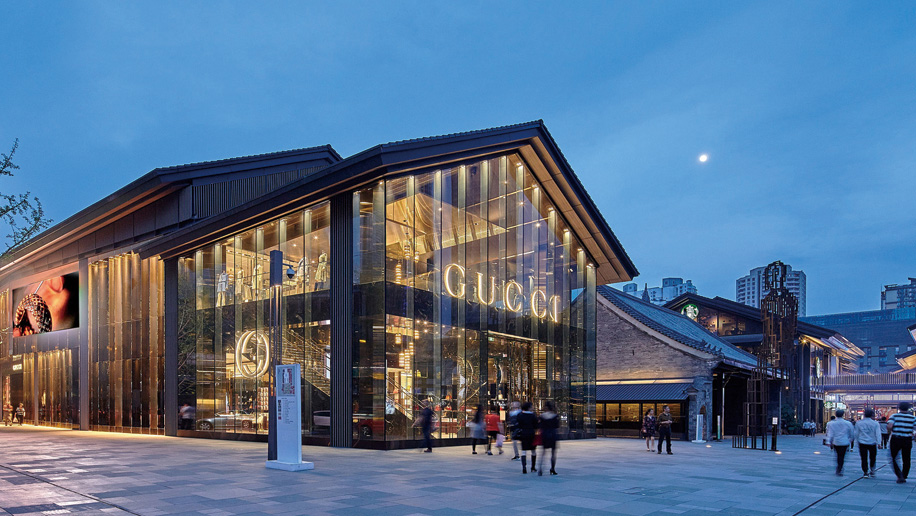
IFS and Taikoo Li
If it’s modern retail therapy you’re after, Chengdu’s premier shopping district is to the west of Tianfu Square. Typical Chinese goods can be found along Chunxi Street, which runs east until you hit the enormous IFS and Taikoo Li retail centres. IFS, modelled on Hong Kong’s Harbour City complex, contains international shop brands like Lane Crawford, luxury hotels, serviced residences and offices. Facing it is Taikoo Li, a low-rise, open-air area designed to imitate the old Chengdu lanes, though the retail outlets are all top end. This attractive place is the city’s most trendy locale, complete with the renovated Daci Temple, a boutique hotel and great restaurants. Access via Chunxi Street metro station on Line 2.

Jinli Street
Located in the Tibetan Quarter southwest of the river, this maze of narrow pedestrianised lanes, reconstructed in the same traditional fashion as Kuanzhai, is where domestic Chinese tourists buy up fiery-hot chillies in various forms, sample Sichuanese snacks and browse for handicrafts such as fans, ink brushes and other local gifts. A tourist trap it may be, but it’s fun as a foreigner to people-watch the wide range of domestic Chinese visitors – there are Tibetans, Miao and other ethnic minorities, country folk on a trip to the city for a thrill, etc. Visit in the evening when the lanes are lit by atmospheric red lanterns. Access by taxi to 231 Wuhouci Street.
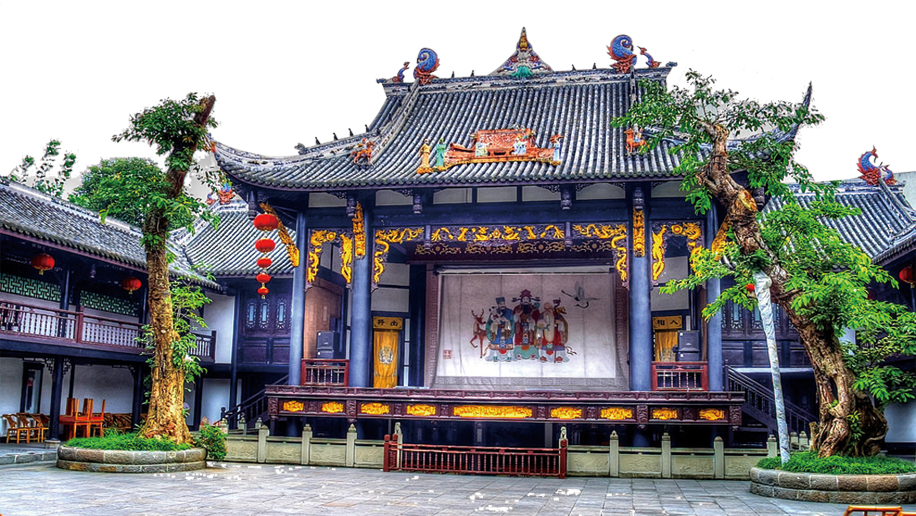
Wuhou Shrine
Jinli Street occupies the northern tip of a park that surrounds the Wuhou Shrine, built during the Three Kingdoms period (220-280 AD) to honour Zhuge Liang, a famous military strategist of the era. Surrounded by classical red walls and containing ancient cypress trees, clay sculptures of the Shu emperor Liu Bei and his ministers, and a large stele created in 809 AD, it’s a genuine piece of ancient history – though the current temple dates to the 17th century – and a peaceful place to escape the city. Access by taxi to Wuhouci Street.

Local street food tour
Sichuanese cuisine is famous throughout China, and perhaps the best way to sample it is to book an evening tour with a home-grown company such as Lost Plate, who will pick you up at your hotel in a tuk tuk and take you to areas of the city you would never otherwise visit to try authentic food the locals eat. You’ll find yourself climbing through apartment windows to slurp dumplings and noodles in private apartment bistros, and eating rice balls, Chengdu-style crêpes and even rabbit heads (if you dare) at street stalls and markets – not forgetting a classic spicy hotpot to round the evening off. lostplate.com
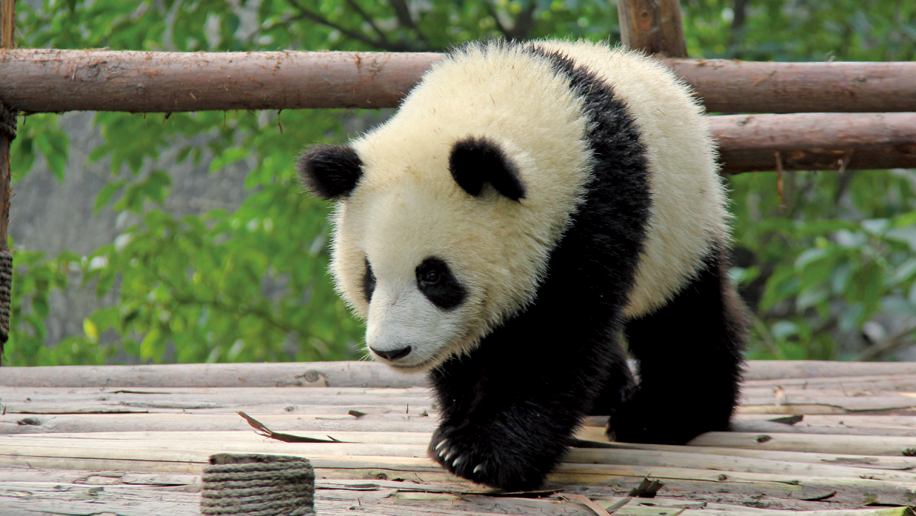
Chengdu Panda Breeding and Research Base
Located ten kilometres northeast of the city centre, this well-run facility is Chengdu’s signature attraction and is worthy of the title. Spread over 37 hectares of verdant hills, a number of different enclosures house panda cubs, juveniles and adults, as well as other animals such as red pandas and black-necked cranes. Wear comfortable shoes as you’ll do a lot of walking, and arrive early in the morning (around 8am) to see the pandas at their most active. Access via taxi from downtown, or take a bus to Chengdu Zoo and then bus No 198 to the Panda Base.












